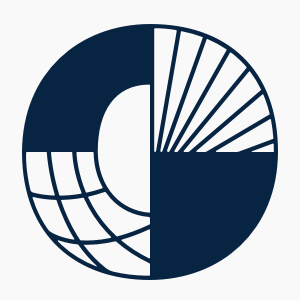This report explores the development of Sinosure as an institution and its involvement in China’s overseas lending and the Belt and Road Initiative (BRI).
It examines the use of state-backed risk insurance via Sinosure in China’s overseas finance and the international response of Organisation for Economic Co-operation and Development (OECD) official financing institutions, from both development finance and export finance, to China’s model of state-backed financing.
This report makes two main contributions. First, it examines an understudied aspect of China’s BRI financing to show how the Chinese government uses Sinosure to hedge – or protect from – risk in its overseas lending and investment. Sinosure guarantees have served to augment the capacity of Chinese banks and companies to conduct overseas investment activities in lower- and middle-income countries and have been integral in underwriting major infrastructure projects under the umbrella of the BRI. They have also supported the ‘going out’ of Chinese investors and lenders into riskier markets. In following the patterns of Sinosure coverage, we also trace the ebbs and flows of BRI lending and the changing risk appetites of China’s financing institutions.
Second, it contextualises Sinosure within the wider landscape of financial institutions providing guarantees and risk insurance, and the challenge and change that China’s state-backed finance has provoked. In several areas, development finance institutions (DFIs) and export credit agencies (ECAs) are adapting not only to Chinese competition but also to new demands on their mandates. Reforms and modernisation processes governing export credits have sought to respond to the rise of competition from China, but have also contributed to a narrowing space between development and export finance in the instruments and terms they provide and geographies they serve. In turn, while Sinosure and Chinese financial institutions remain norm-takers, their capacity to manage risk is evolving, with new priorities emerging around environmental, social and corporate governance (ESG) risk and climate.

